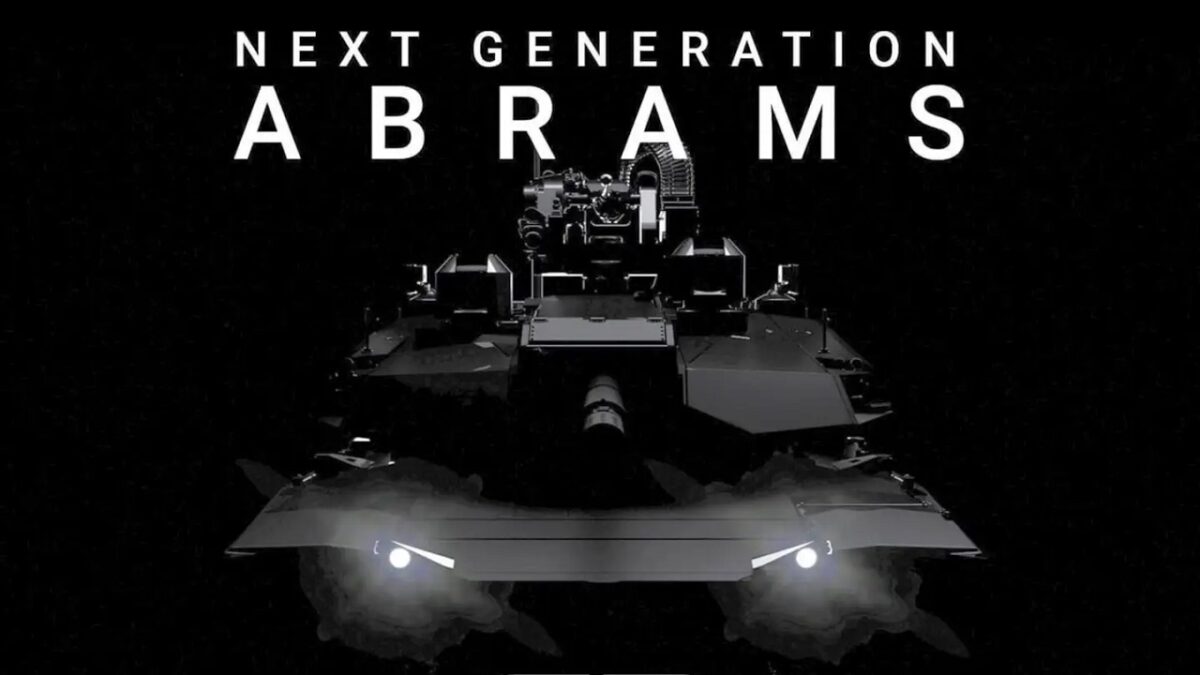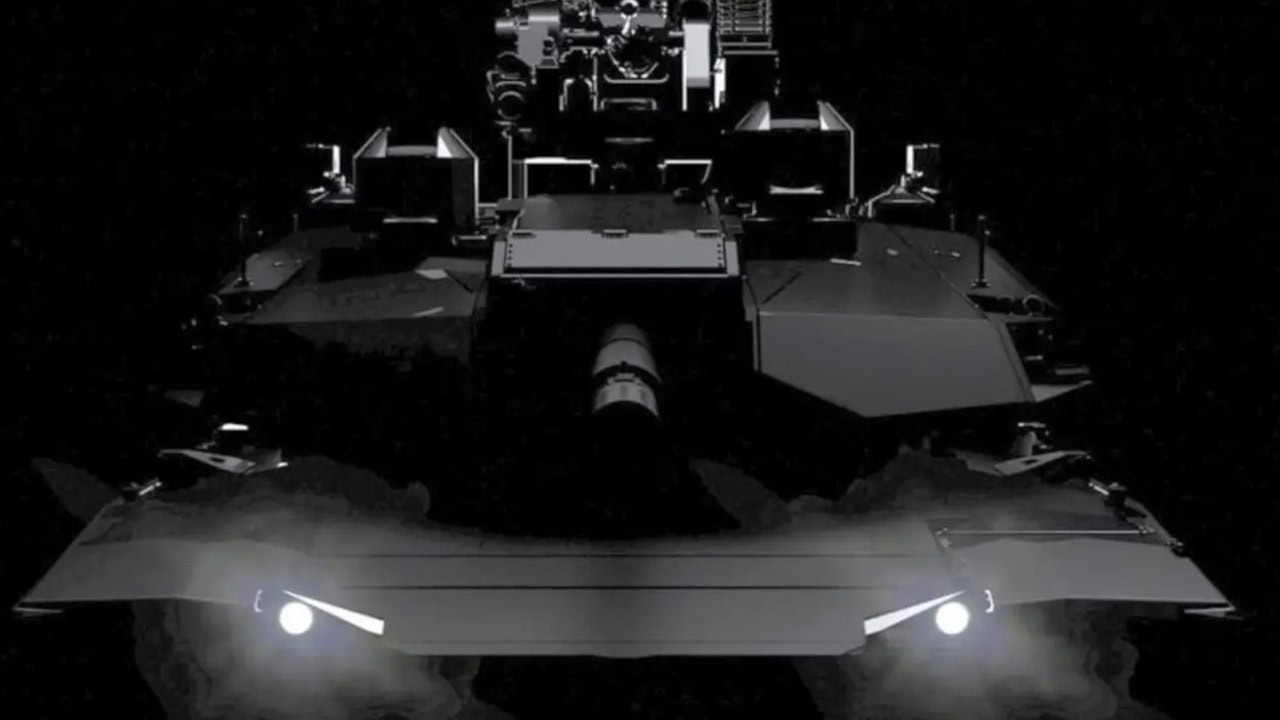This week, the United States Army’s 2nd Armored Brigade Combat Team became the first unit to switch to an upgraded variant of the Abrams main battle tank (MBT) – the M1A2 SEPv3. The brigade completed its transition as part of an ongoing effort to modernize the service’s fleet of armored vehicles.
Equipping the 2nd Armored Brigade with the newest Abrams variant is part of the U.S. Army’s new Regionally Aligned Readiness and Modernization Model. The M1A2 SEPv3 (System Enhanced Package) was developed by General Dynamics as the latest modernized configuration of the Abrams MBT, which first entered service more than four decades ago.
The SEPv3 features technological advancements such as improved armor, communications system, sustainment, and fuel efficiency. It also offers improved forward-looking infrared for more efficient target acquisition, identification, and engagement.
General Dynamics is already developing the SEPv4, which will see the integration of a color camera, an Eye-safe Laser Range Finder, and a cross-platform laser pointer to facilitate multi-domain battle into the commander’s sight. In addition to a lethality upgrade, the M1A2 SEPv4 also promises to include full-embedded training to maximize crew proficiency in the system, the Army also announced.
Those won’t be the only changes coming to the tank.
A Hybrid Abrams – X Marks the Spot! Meet the AbramsX
This week, General Dynamics announced that it will be among the exhibitors at the Association of the U.S. Army’s Annual Meeting & Exposition, scheduled for October 10 to 12, 2022, at the Walter E. Washington Convention Center in Washington, D.C.
At the trade event, General Dynamics Land Systems will have on display a technology demonstrator of its next-generation AbramsX MBT. It features reduced weight for improved mobility and transportability, while according to the company, it can still deliver the same tactical range as the M1A2 Abrams with 50 percent less fuel consumption.
“The AbramsX’s hybrid power pack supports the U.S. Army’s climate and electrification strategies, enhances silent watch capability and even allows for some silent mobility. With a reduced crew size and AI-enabled lethality, survivability, mobility, manned/unmanned teaming (MUM-T) and autonomous capabilities, AbramsX can be a key node in lethal battlefield networks and serve as a bridge from Abrams SEPv3 and SEPv4 to a future tank,” General Dynamics noted.
Going Green
Green is once again the color of the United States Army’s service uniforms, but the entire Department of Defense (DoD) is looking to go green well beyond uniforms. Earlier this year, lawmakers in Washington introduced legislation that would force the Pentagon to aggressively speed up efforts to adopt more environmentally friendly vehicles.
It wouldn’t mean that the military’s tanks and other fighting vehicles need to be battery-powered, but it does require that at least 75 percent of the non-tactical vehicles purchased or leased by the DoD would need to be electric or zero emission. AM General is already expected to unveil a hybrid-electric version of its Humvee, dubbed the “Humvee Charge,” which could be among the first of the vehicles to meet the new requirements.
It now appears that the Army is moving forward to develop combat vehicles that are “greener” as well. In addition to the General Dynamics hybrid AbramsX, the service began testing an electrified Bradley Fighting Vehicle earlier this year. That effort, led by the Rapid Capabilities and Critical Technologies Office (RCCTO), was to help inform future hybrid electric technologies, and test the effectiveness of the Bradley Hybrid Electric Vehicle (BHEV), which could give Army senior leaders a decision point on whether or not to move forward.
The BHEV has been undergoing assessments at Aberdeen Proving Ground, Maryland, and could soon head to the Yuma Proving Ground, Arizona for additional field assessments and to compare performance data between the BHEV and non-hybrid electric Bradley vehicles.

General Dynamics promo image of Abrams NextGen.
A Senior Editor for 1945, Peter Suciu is a Michigan-based writer who has contributed to more than four dozen magazines, newspapers, and websites with over 3,000 published pieces over a twenty-year career in journalism. He regularly writes about military hardware, firearms history, cybersecurity, and international affairs. Peter is also a Contributing Writer for Forbes. You can follow him on Twitter: @PeterSuciu.

